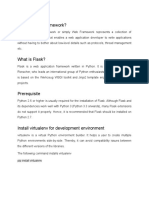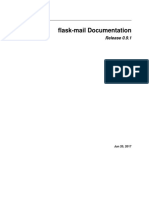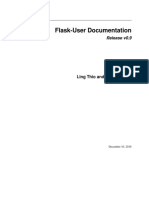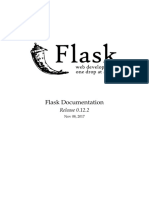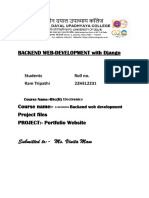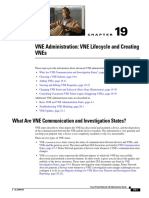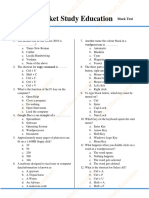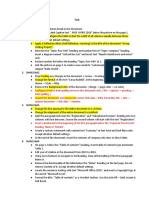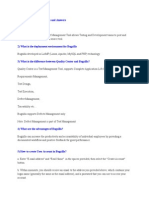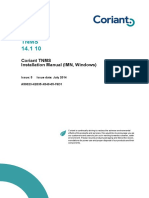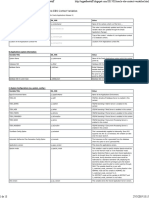0% found this document useful (0 votes)
12 views11 pagesFlask-SQLite and Mail
This document provides a comprehensive guide on setting up a Flask application with SQLite and MySQL database connectivity, including steps for creating a database and tables, as well as sample code for connecting and querying the database. It also introduces Flask-Mail for sending emails, detailing configuration and usage examples. The document includes HTML templates and CSS for a simple web interface to interact with the application.
Uploaded by
microsoftdiscord7Copyright
© © All Rights Reserved
We take content rights seriously. If you suspect this is your content, claim it here.
Available Formats
Download as DOCX, PDF, TXT or read online on Scribd
0% found this document useful (0 votes)
12 views11 pagesFlask-SQLite and Mail
This document provides a comprehensive guide on setting up a Flask application with SQLite and MySQL database connectivity, including steps for creating a database and tables, as well as sample code for connecting and querying the database. It also introduces Flask-Mail for sending emails, detailing configuration and usage examples. The document includes HTML templates and CSS for a simple web interface to interact with the application.
Uploaded by
microsoftdiscord7Copyright
© © All Rights Reserved
We take content rights seriously. If you suspect this is your content, claim it here.
Available Formats
Download as DOCX, PDF, TXT or read online on Scribd
/ 11

























